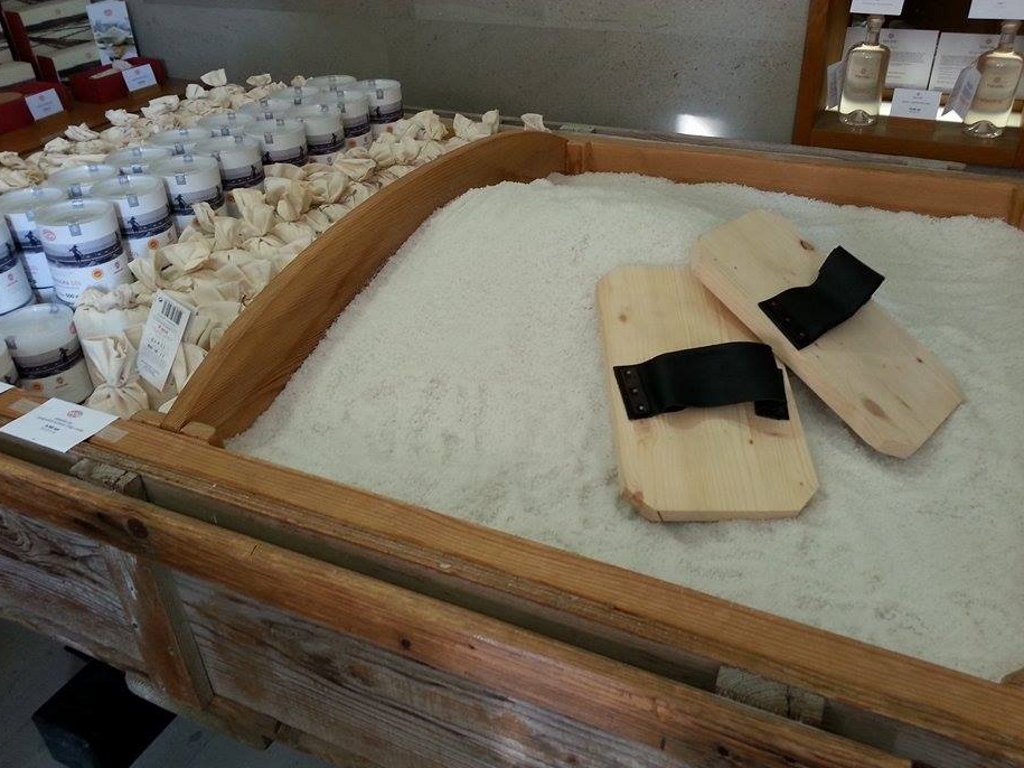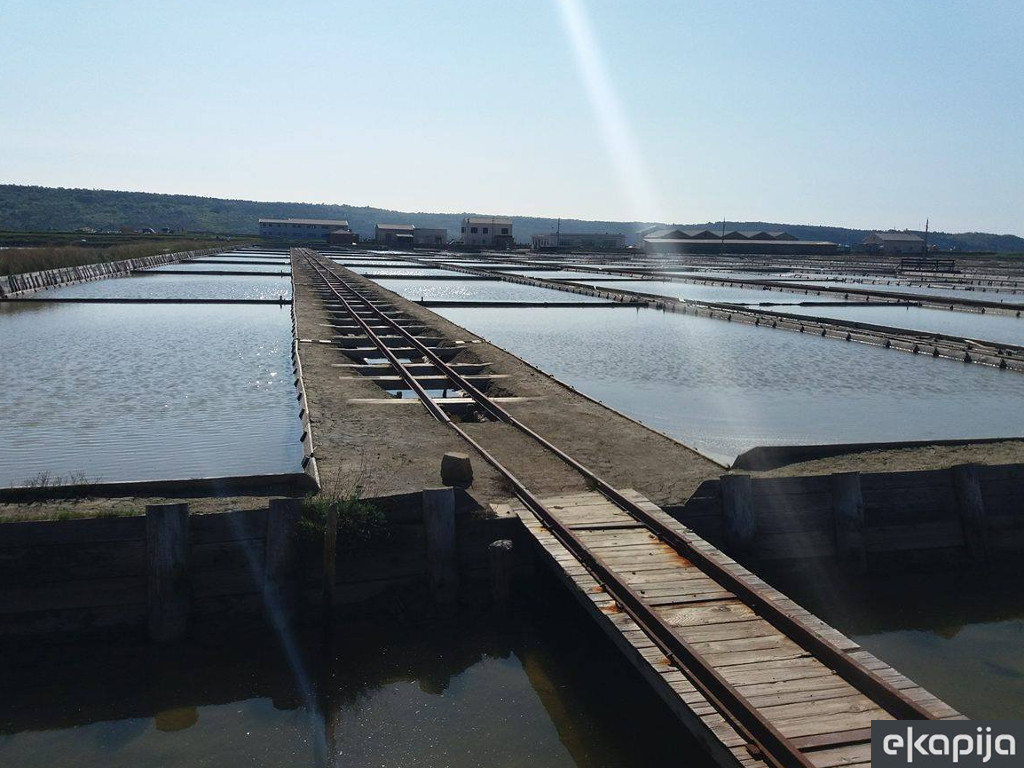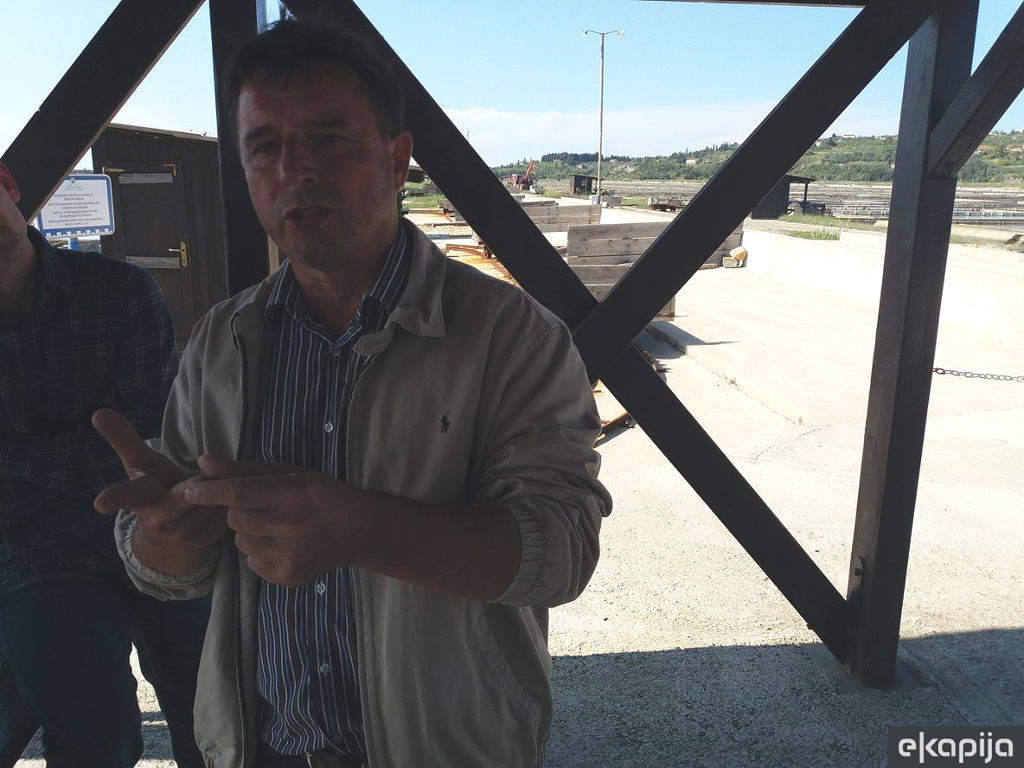Slovenian organic product in Japanese sushi – Salt from Piranske Soline conquering the world, not salty enough for Serbian consumers
Source: eKapija
 Wednesday, 03.05.2017.
Wednesday, 03.05.2017.
 12:13
12:13
 Wednesday, 03.05.2017.
Wednesday, 03.05.2017.
 12:13
12:13
Piran salt (Photo: Ivana Bezarević)

The production of edible salt has been carried out in the past decade and a half, and Piran salt is now used throughout the planet.
Fully organic, unrefined salt is white in color and does not feature additional iodine. Slovenians pay around EUR 1 for a kilogram, whereas, in Japan, it can cost up to EUR 12. Consumers in Serbia find it to be insufficiently salty.
How is organic salt produced?
Klavdij Godnic, director of Piranske Soline, explains why manual production is such a complex business model.
– If there's no sun, there's no salt – he says.
– Water is transported to the ponds naturally, relying on ebb and flow, and 23 sunny days are needed for the harvesting to start. The water rests, circles through the ponds and evaporates until it turns thick, when it is placed in a deep canal where brine is stored. Salt is harvested each morning and evening, as it otherwise tends to abrade petola, a special kind of plant acting as a filter. Each year, salt workers apply fresh mud to the ponds and cultivate this plant, which prevents mud from affecting the salt – that's why it's so white, as very few types of salt in the world are – Godnic emphasizes.
Ponds where organic salt is produced (Photo: Ivana Bezarević)

In the best years, Piranske Soline produces as much as 5,000 tons.
Up till 2003, when the current owner, Telekom Slovenije, signed an agreement with the state of Slovenia on the concession for managing the park for 20 years, salt was produced for roads only, and it was only then that it started being produced as food. In the beginning, Godnic says, the market didn't recognize its value, and now they sell up to 1,000 tons a year, the amount sold in 2016.
– This amounts to 20% of the demand for edible salt in Slovenia, and each year we sell around 100 tons more, although it is three times as expensive as the regular refined, industrial salt.
The biggest part of what they produce is still sold in the local market, whereas around 20% is exported, mostly to Germany, Austria, Italy, but also to China, USA, Russia, Taiwan and Japan, where this salt is sold as a delicacy for sushi at EUR 12 per kilogram.
– There are markets where we can't export, as they demand 99.99% of sodium chloride, whereas our salt contains only 95%, the rest is minerals. Serbia is one such market – our interviewee says.
Klavdij Godnic (Photo: Ivana Bezarević)

The manner of production in Secovlje in the Gulf of Piran is unique in Slovenia, and organic production of salt is rare globally. In this country, organic food is grown on 42 thousand hectares, and the organic salt from Piran is certainly among the most renowned Slovenian brands outside its borders.
Hot springs and salty chocolate
In Slovenia, there are 8 specialized stores where Piranske Soline products can be purchased. The most frequent customers are tourists, who can also purchase natural cosmetics there, as well as salty chocolate as a renowned specialty.
The Secovlje Saltworks Natural Park also features hot springs, and it's interesting to note that only up to 55 people can stay there at the same time.
The ticket is EUR 6, and Piranske Soline is a candidate for the UNESCO World Heritage Site List.
Ivana Bezarevic
Companies:
 SOLINE Pridelava soli d.o.o. PortoroĹľ
SOLINE Pridelava soli d.o.o. PortoroĹľ
Tags:
Secovlje Saltworks Natural Park
Piranske Soline
Piran salt
organic salt
production of organic salt
salt harvest
Klavdij Godnic
Telekom Slovenije
concession for managing Secovlje Saltworks Natural Park
salty chocolate
UNESCO World Heritage Site List
organic production in Slovenia
Comments
Your comment
Most Important News
Full information is available only to commercial users-subscribers and it is necessary to log in.
Follow the news, tenders, grants, legal regulations and reports on our portal.
Registracija na eKapiji vam omogućava pristup potpunim informacijama i dnevnom biltenu
Naš dnevni ekonomski bilten će stizati na vašu mejl adresu krajem svakog radnog dana. Bilteni su personalizovani prema interesovanjima svakog korisnika zasebno,
uz konsultacije sa našim ekspertima.


 Izdanje Srbija
Izdanje Srbija Serbische Ausgabe
Serbische Ausgabe Izdanje BiH
Izdanje BiH Izdanje Crna Gora
Izdanje Crna Gora


 News
News






